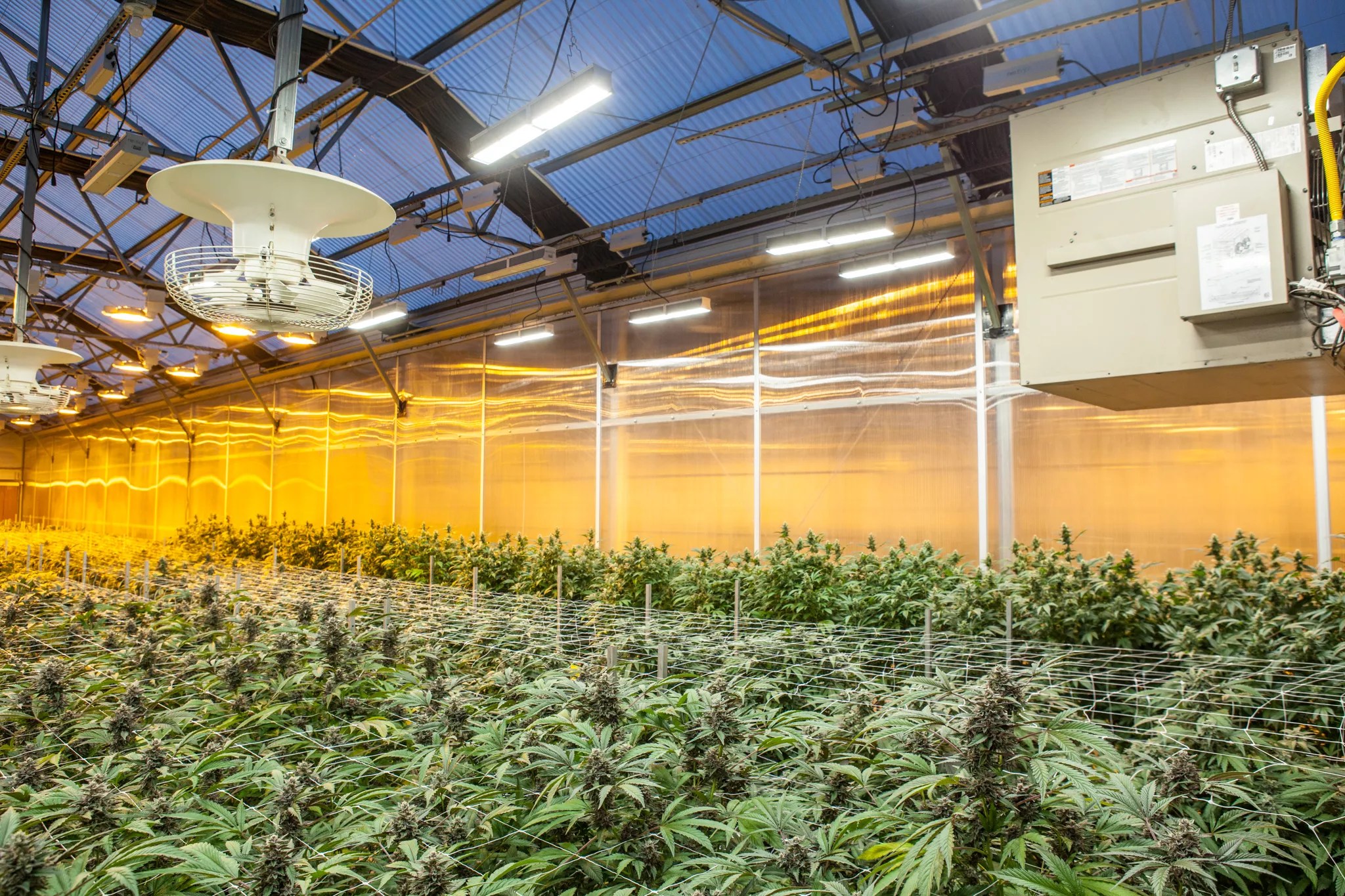
Jacqueline Collins

Audio By Carbonatix
The Colorado Legislature’s Joint Budget Committee has signed off on a new, $4.5 million state program meant to improve renewable energy and resource optimization for marijuana cultivation.
Led by the Colorado Energy Office, the Cannabis Resource Optimization Program will provide 150 eligible marijuana growers with free technical resources and renewable energy assessments, according to Michael Turner, CEO building innovation and energy finance director.
Nicknamed CROP, the five-year initiative was largely inspired by a 2020 pilot program that implemented similar strategies on a smaller scale; the CEO worked with fifteen growing operations, mostly in rural communities.
“That really highlighted the need to provide more information, education and technical resources like energy audits and resource optimization audits,” Turner explains. “We’ve identified all of these opportunities to reduce energy use, carbon emissions and operating costs.”
The majority of Colorado’s legal marijuana is grown indoors, with large needs for lighting and temperature control, among other electrical requirements. A 2018 CEO market report estimated that the marijuana industry consumed around 2 percent of Colorado’s annual electricity generation. In Denver, where over half of Colorado’s licensed marijuana growing operations are located, the marijuana industry accounted for around 4 percent of electricity use in 2017, according to the Denver Department of Public Health and Environment.
Adopting energy-saving techniques and equipment like LED lighting and improved HVAC systems could lessen the pot industry’s energy needs while saving growers money in the long run, according to Turner, who points out that energy accounts for around one-third of the operating costs in marijuana cultivation.
Because marijuana is still federally illegal, finding loans, lines of credit or other forms of financing is challenging for pot business owners. To help persuade certain eligible growers to get involved in the program, CROP will provide affordable financing for equipment and facility upgrades.
“We’ve seen loan interest rates as high as 15 or 20 percent in [marijuana] agriculture. There is a lot of opportunity for energy efficiency, and we want to bring in a lot of financial instruments to help get there,” Turner says. “Many of these lighting, heating and cooling measures have really attractive paybacks. In six months or a year, you’re saving and making money.”
And saving energy, too. During the 2020 pilot program, energy audits of participants indicated they’d saved around 100,000 kilowatt hours on average, according to the CEO. Over CROP’s five-year run, Turner expects that the program will save around 16 million kilowatt hours, in the process eliminating around 10,000 metric tons of CO2 emissions.
The JBC approved the program by a 4-2 vote on March 1. It will now go through the general budgeting process and is likely to appear on the Long Bill, which sets funding for state programs and expenditures.
If it’s approved, Turner predicts that CROP could be up and running by July.